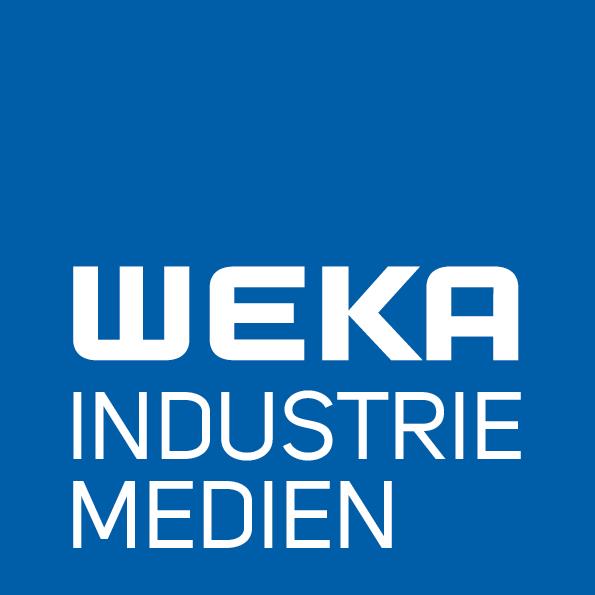Then let me congratulate you, because print media succeeds like no other channel in conveying so much trust.
This is confirmed by numerous studies, such as that of Canary or from horizon.netaccording to which 80 % of the respondents rate articles from print media as trustworthy.
With the rise of awareness of Fake News through the social media channels goes Marketinginstitute.biz even go so far as to claim that trust is the new basis of the relationship between companies and customers. The importance of this trust increases precisely because of these online activities. It therefore depends, as so often in life, on the right marketing mix, in which print plays a very decisive role.
One reason why this is so may be that print has an inherent permanence. It has already taken on a fixed form. Once printed, it can no longer be changed, so we literally have it in front of us in black and white.
It follows that more attention and time is usually given to the creation, which takes into account the assumed quality on the part of the reader. We are very careful about what we share through such a channel.
Quality and thus the trust of the readers in the medium is decisive
Nevertheless, here too, particular attention should be paid to the quality of the content of the medium. The platform t3n even assumes a 28 percent better advertising value in the environment of quality media. Micaela López Parma, Regional Media Lead at Colgate-Palmolive, also made the same point in a statement to the platform. PrintPower formulated as follows: "We have to place our advertising in a trustworthy medium. It conveys our message and it must be conveyed efficiently. If we were to go into a medium that readers don't trust, they won't trust our message either."
This trust in the source can be compared to the advice of a friend: If you have already received good information from them several times, then you are very likely to follow their product and purchase recommendation.
To the Digital Magazine According to studies, purchasing decisions are generally a matter of trust. After friends and relatives, other "objective" criteria are therefore preferred. Neutral information from reputable sources, but also evaluations by authorities in the industry (e.g. institutes), therefore have a key function.
The level of confidence also depends on how much the decision affects the individual's personal future.
Media are of crucial importance along the customer journey
In B2B, however, advertisers mostly encounter the challenge that the need to buy and the advertising contact rarely take place at the same time. With a look at the Customer Journey But it also quickly becomes clear in which phases the trade media are of particular importance.
- Experienced (Discover): There is no concrete purchase intention yet. Information about products and brands is collected casually through stories, experiences or observations. The aim is to make potential customers aware of a need for the solution.
- Consideration: Here the potential customer has already recognised the need, but the purchase intention is not yet fully developed. He becomes more and more attentive to possible alternatives and passively collects information. For sales, it is crucial to provide criteria on how to proceed with such a decision, what to look for, in order to establish your own solution as a benchmark.
- Explore: The customer has finally developed a purchase intention and therefore begins to compare more active alternatives and check them against their own preferences. Suitable information is examined more closely here, as it is important to work out and confirm the criteria for the selection.
- Experience: After making a decision, the customer wants to check whether it was actually the right one. This happens primarily in the form of product or service use. At the same time, he continues to show a high level of resonance towards other sources that report on the newly acquired product or company. Here, too, it is important to confirm the decision positively.
The customer's trust and likelihood of purchase also increase with brand awareness. The study of the platform marketinginstitute.biz According to the study, trust takes time. 75 to 80 % of customers make their purchase decisions between the sixth and twelfth point of contact with the company.
Involving other senses for the learning experience
The other aspect of print media is that of haptics. If online plays primarily on the visual sense, the second sensory channel is indispensable and therefore essential. In learning theory, the more senses we involve, the better and longer we retain information. The focus also clearly remains on the content, since, unlike online, there are no distractions in the form of flashing banners, videos or new e-mails. The focus is therefore exclusively on consumption.
You should not only think of the magazine itself, but also of its other possibilities in the form of special solutions. For example, I found the implementation of the company particularly good Turck in connection with an invitation to visit the trade fair stand, according to which a prefabricated Post-It was also placed on the advertisement, which contained the invitation "Be sure to visit!" in avoidable handwriting. This advertisement fulfils various points that speak for a good implementation.
What to consider when designing advertisements
Advertising design is always about associating desired attributes in the mind of the potential customer with the brand or product. The transition of trust from the medium to the corporate brand goes, Investigations According to the study, this is due to the halo effect. This is a distortion of perception that occurs when one feature comes to the fore and other features consequently appear either positive or negative. In other words: advertising in a trustworthy medium is also perceived as trustworthy.
According to studies by economists Roger Mayer, James David and David Schorrman, three essential conditions must be met by a trustworthy business partner:
- He must be well disposed towards us
- He must be considered professionally competent
- He appears to us to have integrity, that is, he acts according to his communicated principles.
Good print advertising manages to fit storytelling into a single image without referring to the context of the print pages around it. The aim is to capture the attention of the potential target group with visual power and wordplay. The advertisements entertain, leave one wondering and surprise.
But be careful with overly lurid images, they can take up too much attention, distracting the eye from the advertising message.
Basically, it is advantageous to put the brand in the centre. It should have a size of at least 4 % of image content and create a good link to the design of the advertisement. The arrangement of the individual image and text elements determines how the customer's gaze is guided. The following sequence is advantageous: (product) image > logo > text > logo.
The title should ideally have an emotional appeal with four to seven words.
Curious fact: An additional text in the advertisement is often not read, but it gives the reader the important illusion of being able to obtain more detailed information if they are interested.
Afterwards, it is best to test your draft ad with an uninvolved person. Show them the subject for no longer than three seconds. Can they grasp the message within this short time? If so, nothing stands in the way of your publication.
An advertisement does not stand alone
Print and online activities should mutually benefit each other and not represent an "either-or". Therefore, embed these considerations into your overall concept and combine the best of both worlds, for example by adding a QR code. Ideally, the user should feel the need to talk about and share this advertising. This can also succeed in meeting the phenomenon of virality. This is triggered by the enthusiasm for the advertisement itself and not necessarily as a result of great brand loyalty.
An example of this is the use of Augmented reality, or the introduction to a digital world of experience to name.
This makes it possible to use not only emotionality but also curiosity or the play instinct, for example, to control the impact of advertising. The important thing here is that the reader must recognise a "benefit" for him or herself, but this can also be the solution of a riddle based on "useless knowledge".
Free downloadable guide to assessing the quality of a medium
 This article was written by Martin Mock.
This article was written by Martin Mock.
He works as a media consultant at WEKA Industrie Medien and specialised in marketing and sales while studying business administration. Since then, he has further deepened his skills in connection with communication.
He will be happy to advise you on the conception and integration of your concept into the magazines of our publishing house. Write to martin.mock@industriemedien.at
–
Photo by NordWood Themes on Unsplash











